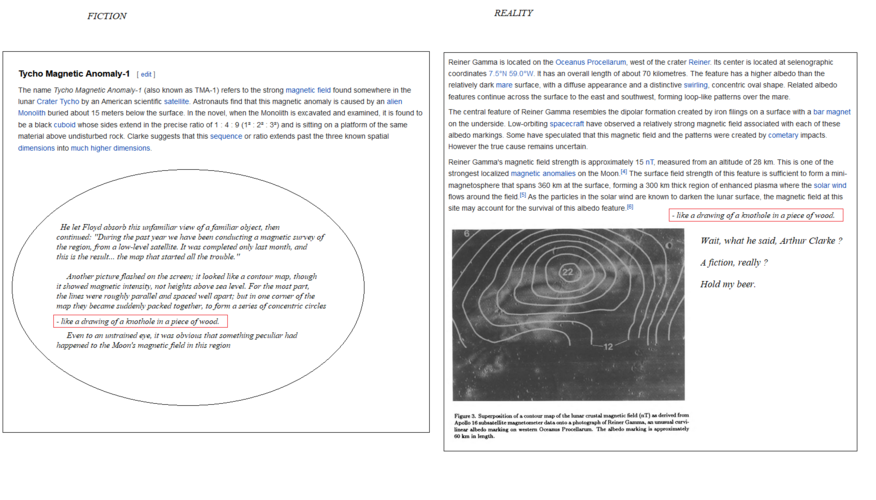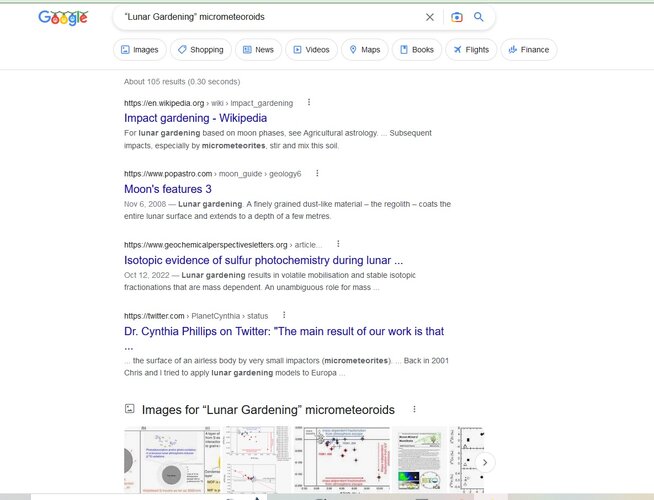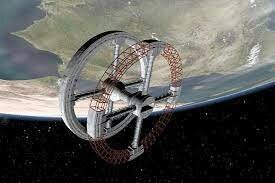Rhinocrates
ACCESS: Top Secret
- Joined
- 26 September 2006
- Messages
- 3,013
- Reaction score
- 7,639
Good sf doesn't just introduce new concepts, it explores the ramifications of those concepts. As HG Wells introduced tanks, DEWs, nukes, transnational organisations, and air power, he also explored what they would mean. Now, I really can't recommend : Lem enough. Under this topic, his 1964 novel, The Invincible.

 en.wikipedia.org
en.wikipedia.org
It was one of the first novels to explore the ideas of microrobots, smartdust, artificial swarm intelligence, and "necroevolution" (a term suggested by Lem for the evolution of non-living matter).
[...]
The protagonists come to speculate that a kind of evolution must have taken place under the selection pressures of "robot wars", with the only surviving form being swarms of minuscule, insect-like micromachines. Individually, or in small groups, they are quite harmless and capable of only very simple behavior. When threatened, they can assemble into huge clouds, travel at a high speed, and even climb to the top of the troposphere. These swarms display complex behavior arising from self-organization and can incapacitate any intelligent threat by a powerful surge of electromagnetic interference.
Similar themes are explored in 'The Upside-Down Evolution', collected in One Human Minute. The point is that (as Wells realised that air power transcends fronts of war and creates areas of strategic warfare) cybernetics doesn't create individual superweapons, but rather a landscape of war. As a witness to the Nazi invasion of Poland, and as a partisan fighter and a Jew who escaped execution by sheer chance, Lem has a profound sense of the absurdity of the horror, and of how it pervades a landscape. This comes through in an early novel, Eden, and in the lengthy discussions by the characters in Fiasco.
Fiasco:

 en.wikipedia.org
en.wikipedia.org
Summa Technologiae (nonfiction):
https://en.wikipedia.org/wiki/Summa_Technologiae
This has now had a full translation into English.
A lot of it's nearly sixty years old and I think it should be required reading now.
Bonus: AI-generated art like the products of GPT-3 and Midjourney gets its first mention in Imaginary Magnitude.

The Invincible - Wikipedia
It was one of the first novels to explore the ideas of microrobots, smartdust, artificial swarm intelligence, and "necroevolution" (a term suggested by Lem for the evolution of non-living matter).
[...]
The protagonists come to speculate that a kind of evolution must have taken place under the selection pressures of "robot wars", with the only surviving form being swarms of minuscule, insect-like micromachines. Individually, or in small groups, they are quite harmless and capable of only very simple behavior. When threatened, they can assemble into huge clouds, travel at a high speed, and even climb to the top of the troposphere. These swarms display complex behavior arising from self-organization and can incapacitate any intelligent threat by a powerful surge of electromagnetic interference.
Similar themes are explored in 'The Upside-Down Evolution', collected in One Human Minute. The point is that (as Wells realised that air power transcends fronts of war and creates areas of strategic warfare) cybernetics doesn't create individual superweapons, but rather a landscape of war. As a witness to the Nazi invasion of Poland, and as a partisan fighter and a Jew who escaped execution by sheer chance, Lem has a profound sense of the absurdity of the horror, and of how it pervades a landscape. This comes through in an early novel, Eden, and in the lengthy discussions by the characters in Fiasco.
Fiasco:

Fiasco (novel) - Wikipedia
Summa Technologiae (nonfiction):
https://en.wikipedia.org/wiki/Summa_Technologiae
This has now had a full translation into English.
A lot of it's nearly sixty years old and I think it should be required reading now.
Bonus: AI-generated art like the products of GPT-3 and Midjourney gets its first mention in Imaginary Magnitude.















